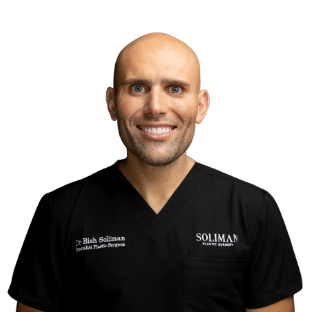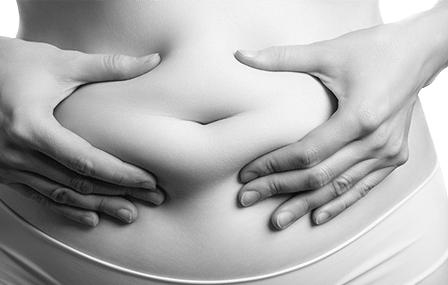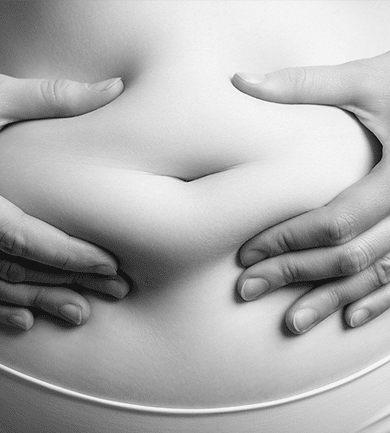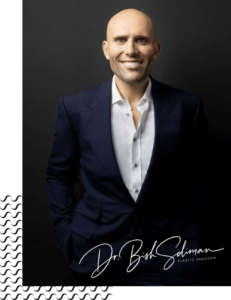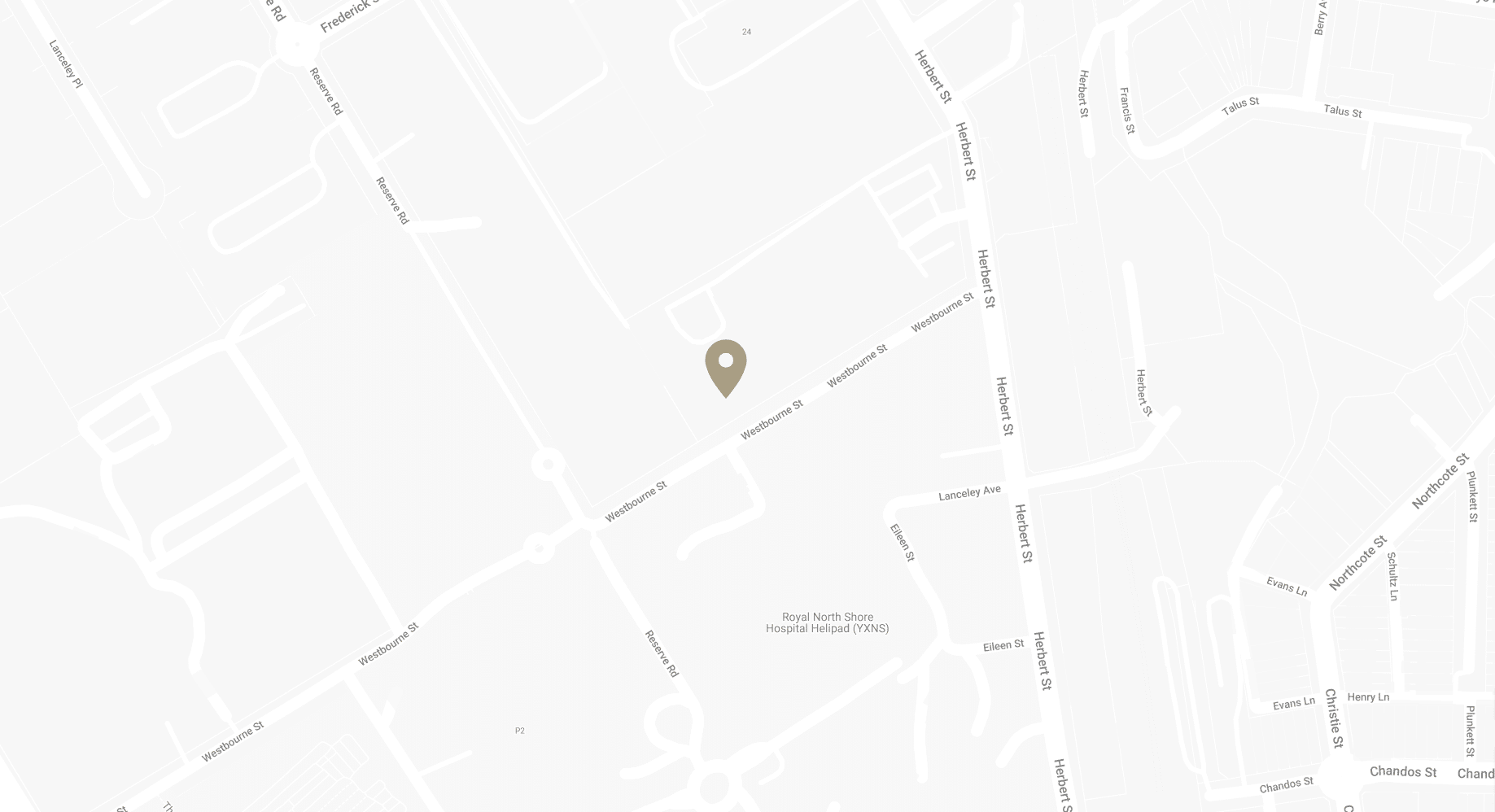An abdominoplasty is a surgical procedure designed to remove loose skin and unwanted fat from the abdominal wall. It is often sought by men or women who wish to tighten their abdomen and refine their body contour according to their personal aesthetic preferences. Abdominoplasty surgery is best performed on individuals who have maintained a stable weight leading up to the procedure. The procedure can be highly personalised and can be performed as a traditional or mini abdominoplasty, depending on individual patient needs.
Abdominoplasty surgeryWho is a good candidate for surgery?
Ideal candidates for this procedure are usually in good physical health, non-smokers, and have realistic expectations about what can be achieved with this surgery. During your initial consultation, your medical history will be discussed, along with your areas of excess skin and goals for surgery. This will allow us to ensure you are a good candidate and develop an effective surgical treatment plan that caters to you and your body.
Good candidates are also at or near their goal weight and have maintained a stable weight for six months leading up to surgery. This is because further weight loss or gain after an abdominoplasty can interfere with your results.
Ideal candidates will also be willing and able to follow personalised preparation and recovery instructions. Candidates should be able to take about four weeks off work to recover from the procedure, follow wound care instructions, and attend any post-procedure check-up appointments required.
It is important to be considered as a suitable candidate for the procedure to prevent possible complications from occurring. You may be instructed to quit smoking or stop taking certain medications leading up to the day of your procedure to be suitable for surgery.
Download Dr Bish Soliman Abdominoplasty Guide

Abdominoplasty surgery Benefits of surgery
An abdominoplasty is a common operation that can have a variety of both aesthetic and functional benefits, depending on each patient’s needs, goals, and personal reasons for undergoing the procedure.
Excess skin and fat around the lower torso is a common occurrence after pregnancy and weight loss. Pregnancy can cause many changes to a woman’s body, including stretching the abdominal skin and separating the underlying muscles. For many women, it becomes difficult to remove this merely with diet and exercise. Similarly, both men and women who have undergone significant weight loss may find that they have excess, stretched skin in the abdomen. In some cases, the extra skin can cause health issues related to irritation, rashes, and infections.
Whatever your reason for seeking an abdominoplasty, Dr Bish will tailor the procedure to your needs. Benefits of the procedure can include:
- Removal of excess skin and fat
- Preventing skin irritation caused by chafing
- Enhanced abdominal muscle function and tone
- Rectify abdominal muscle separation after pregnancy
- Lift the pubic/mons area
It is important to note that the results will not be the same for every patient and is dependent on the patient’s individual circumstances and surgical plan.
Your consultation
Before any surgical procedure, you will need some personalised guidance from your surgeon, as well as the time to discuss your personal needs and desired results to create an appropriate treatment plan for you.
During your consultation, you will receive in-depth information and advice about your individually tailored procedure, including preparation and recovery instructions and what to expect before the procedure, on the day of your procedure and after surgery.
Dr Bish Soliman will need to assess whether or not you are a suitable candidate for the procedure. You may be asked about your health history, history of past surgical procedures, and lifestyle factors to determine if the procedure is right for you. Your consultation will also provide you with a personalised quote, taking all of your personalised procedure steps into consideration, so that you can understand the costs of your procedure.
The decision to undergo an abdominoplasty is personal, so having a thorough consultation beforehand will help you to make an informed decision and feel comfortable with your surgeon, ensuring that you have a mutual understanding of your desired results for the procedure.
You can book your consultation at our Sydney or North Shore locations if you would like to discuss undergoing an abdominoplasty.
Individualised procedure costs in Sydney and North Shore
Abdominoplasty surgery The procedure
Abdominoplasty is performed in an accredited private hospital under general anaesthesia. Generally, the procedure takes three to four hours and requires a five-day hospital admission, but this will depend on the personalised details of your procedure.
Dr Bish will use appropriate surgical methods for each patient’s individual case, as discussed during a consultation. In some cases, the operation can be combined with liposuction to aid in removing fatty deposits.
There are two types of abdominoplasty procedures that are commonly performed:
Traditional abdominoplasty
During a traditional abdominoplasty, a low-lying incision is made from hip to hip, to allow for maximum access to the abdominal muscles. Once the incision is made, Dr Bish tightens the abdominal wall muscles before removing excess abdominal skin and fat. The skin is then pulled into a tighter position and sutured into its new position on the abdominal wall. The belly button is then repositioned into a higher position. Dr Bish often combines this procedure with liposuction of the upper abdomen, flanks and pubic area, depending on the patient’s surgical plan.
Mini abdominoplasty
A mini abdominoplasty can be beneficial for patients who have a small amount of loose skin or fat. Due to the shorter incision, the procedure removes excess skin and fatty deposits but does not address the abdominal muscles.
The type of procedure that you will need will essentially depend on the features of your abdomen and your desired results. Your surgeon will personalise your procedure steps and go through them with you before the day of your surgery.
Abdominoplasty surgery Aftercare and results
After a traditional abdominoplasty, patients will need to wear a compression abdominal binder for about six weeks to minimise swelling and to support the abdomen as it heals. Dr Bish may use drainage tubes temporarily to drain any excess fluid that may collect.
Since your procedure is highly personalised and every patient will have different needs, you will receive personalised recovery instructions during your consultation. Generally, patients are encouraged to walk short distances and to perform deep breathing exercises throughout recovery to prevent complications, while avoiding strenuous exercise and heavy lifting for about six weeks. You can expect to need to take about four weeks off work and avoid driving for about two weeks after surgery. Recovery times vary from patient to patient, but you can expect to resume light housework and activities after one or two weeks. You will be instructed on how to care for the surgical site, particularly keeping incision sites clean to avoid complications such as infection.
You can also discuss what you can expect in regard to your personal results during your consultation. Initially, after surgery, you may experience a degree of bruising and swelling initially and some numbness in the area between your belly button and surgical scar. You may feel tightness in the abdomen and find it difficult to stand up straight. It is common to experience some pain and swelling after abdominoplasty surgery, but your prescribed pain medication will help you manage any discomfort. Particularly in the first week, you may need to have a friend or family member help you with daily tasks around the house and caring for children.
Although recovery is different for every patient, most patients can expect their swelling and bruising to subside within two weeks. However, complete recovery may take a few months. After your body fully heals, you will be able to enjoy the results of your procedure.
Abdominoplasty surgery Risks and complications
No surgery is without risk. Your surgeon will thoroughly inform you of the potential risks and complications of the procedure, and how these can be minimised. Choosing a qualified surgeon and following your personalised preparation and recovery instructions are the most important steps to take to prevent complications.
During your consultation, you will be asked some questions to determine if you are a suitable candidate for the procedure. One of the main purposes of ensuring that the procedure is only performed on suitable candidates is to minimise potential complications. You may be a suitable candidate but may need to make some changes in preparation for your procedure, such as quitting smoking or switching to different medications, as smoking and certain medications can thin the blood and raise your risk of complications occurring.
You will discuss the risks in further detail during your consultation, but complications of abdominoplasty can typically include
- Bleeding at the incision site
- Infection
- Fluid build-up
- Poor scarring
- Temporary or permanent loss of skin sensation
- Further surgery to correct issues
- Medical complications such as pulmonary embolism and chest infection
- Anaesthetic complications
- Some of these complications, if they do occur, can be addressed with an appropriate treatment or follow-up procedure.
After your surgery, you will be monitored in hospital to ensure that no immediate complications have occurred. You will then be sent home with personalised recovery instructions to continue to prevent complications and ensure sufficient recovery. To monitor your healing progress, you can have a check-up appointment as discussed during your consultation. It is important to look after yourself throughout your recovery and report any concerning signs to your surgeon for advice.
Learn More About Dr Bish Soliman
Dr Bish Soliman is a Sydney based Specialist Plastic and Reconstructive Surgeon specialising in complex microsurgical reconstruction including breast reconstruction, aesthetic surgery of the face, breast, and body as well as skin cancer surgery.
